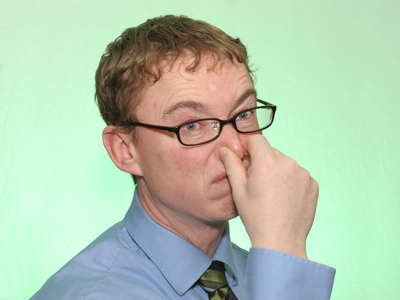An understanding of the fundamental ideas in Chemistry is vital for Science students in high school. This quiz focusses on chemical formulae and reactions, and on balancing chemical equations.
Symbol equations are often the things that put people off chemistry, but if you know a few simple rules you find that they make life so much easier. They are just a shorthand way of putting a huge amount of information about a chemical reaction down on paper. Once you know how the code works, it isn't that difficult. It can be fiddly at times but even for the most complicated reactions, persistence pays off.
All that happens in a chemical reaction is that the atoms present in the reactants (starting chemicals) are rearranged to form new materials. For example, when you react the metal calcium with water, the atoms of calcium and the atoms that are in water just rearrange themselves to form hydrogen and calcium hydroxide. Word equations are useful as a starting point but they don't always help you to make sense of a chemical reaction. Balanced symbol reactions show you exactly what is going on.
The key rule for balancing equations is called the law of conservation of matter. Put simply, it means that whatever atoms you start with, you must end up with. So if you start a chemical reaction with 1 atom of calcium, 5 atoms of carbon and 10 atoms of oxygen you must end up with 1 atom of calcium, 5 atoms of carbon and 10 atoms of oxygen but arranged differently to how they were at the start.
The first step is to write down the correct chemical formulae for each of the chemicals involved. These CANNOT be changed to help with the balancing.You need to count the individual atoms on the side of reactants and then on the side of the products. You can then compare the two and decide where you need to make changes. You can only make changes by putting numbers in front of formulae. Adding extra numbers within formulae would make them incorrect.
Take the example of calcium reacting with water. The word equation and correct formulae are:
Calcium + water → calcium hydroxide + hydrogen
Ca + H2O → Ca(OH)2 + H2
So if you count up the atoms on the left you have one Ca, two H and one O. But counting up on the right you have one Ca, four H and two O. Yes? Just double check for yourself. The H and the O are out of balance.
That breaks the unbreakable law of conservation of matter. But in this case, it is easy to put right. Writing a 2 in front of the H2O would give you the same number of atoms on both sides.
But before you can do balanced symbol equations you need to be able to read and understand chemical formulae so the first few questions should get you warmed up for the main show...








